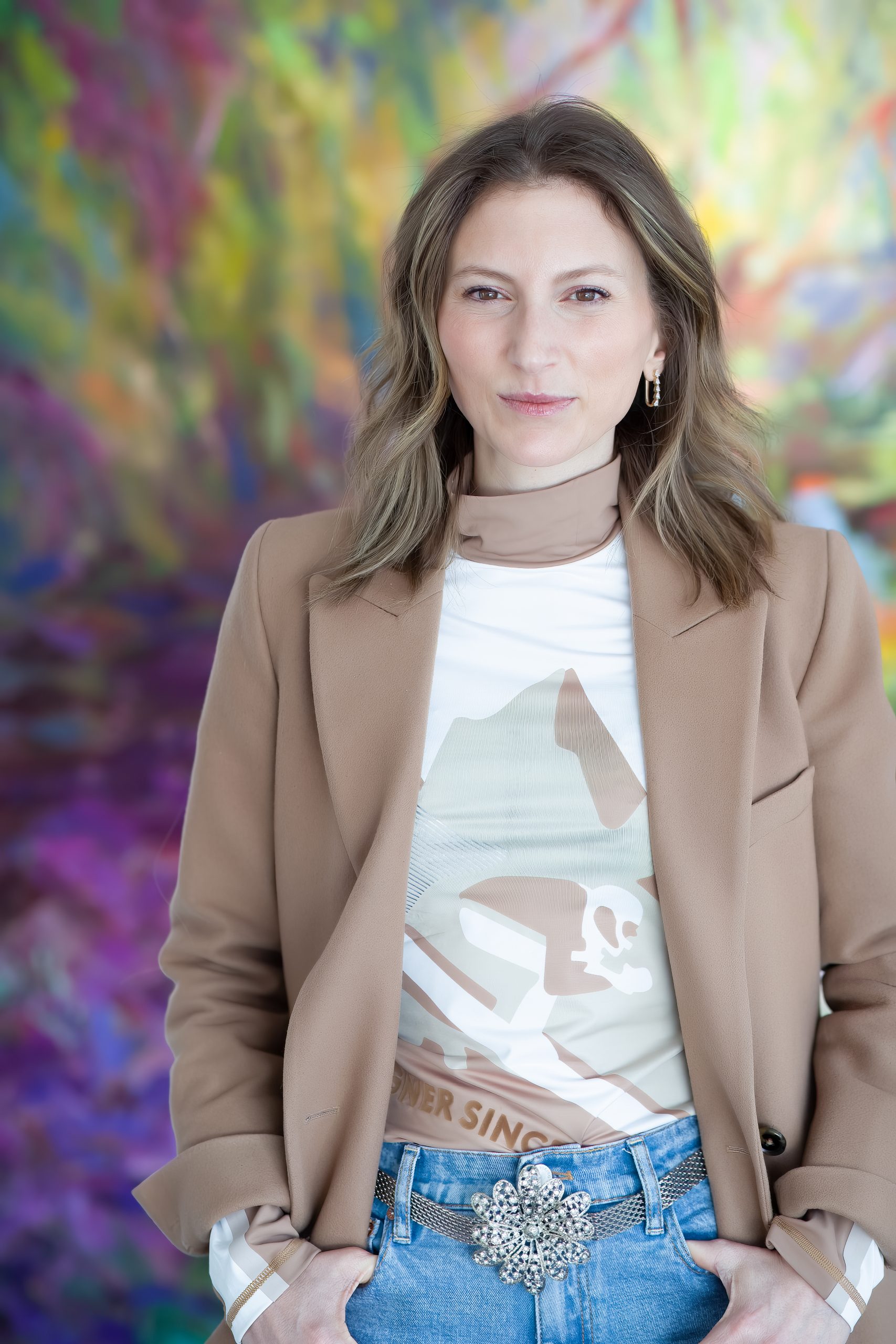
This article is part of the Artnet Intelligence Report Mid-Year Review 2024. Our analysis of the first half of the year’s market trends provides a data-driven overview of the current state of the art world, highlighting auction results and trends, and spotlights the artists and artworks shaping the dialogue.
I’m curious about how your decision to focus on Dallas and Aspen came about. How have you seen the art market change in these smaller towns over time?
My roots are in Texas, and I think it’s important to stay authentic in a world that can often be fake or, at best, opaque. Dallas has always been an important cultural hub with so many important museums and private collections and in recent years, Dallas has grown even more thanks to many people moving to the area.
Dallas has a long history since the 1900s of a strong collector base, and what I admire most about it is that there is a lot of mentorship between seasoned collectors and newbies. I see Cindy and Howard Rachofsky and John Runyon do such a great job of that. I remember going to the 2×2 auction preview more than 10 years ago and seeing them personally walk young people through the exhibition for the first time. They spent as much time with them as they would with a mega collector. That mentorship is what grows the local art market—it’s very organic growth.
The advantage of an office in Aspen is the quality of life. Aspen is also a place to spend quality time with clients as everything slows down compared to a major city. I can really get to know them and their families and what their passions are outside of the art world. This helps me identify the perfect artworks to offer their collection much faster than spending time with them in a traditional advisory meeting.
How does collaboration play into your business?
There is a false belief that in the art world there is a shortage of art buyers relative to professionals and quality art. The truth is there is enough to go around and then some, and the experience for all parties is that much better when collaborating. I collaborate daily with fellow art advisors on deals.
Colodney Art Advisory in Aspen, Colorado. Courtesy of Sarah Colodney.
What advice do you have for other arts professionals for navigating current market challenges?
People talk about market challenges in the art world in terms of a buyer’s or seller’s market but art isn’t like other markets. It’s not a true commodity; it’s not a stock, it’s an asset intrinsically linked to humanity and our complexities. Art is always an emotional purchase. Therefore there will always be the “right” buyer and there will always be the “right” seller. I don’t think it really relates to typical downturns and upturns.
How has the reset affected your work as an advisor?
I have the luxury of being able to say this as my markets are micro. As an advisor, you only have a handful of clients you can work with at any given time. At a gallery or an auction house, it’s very different because it’s a macro-level, so I think they are more affected by art market challenges. But even then, personal relationships in challenging times will take you a long way. Nurture your relationship and your personal growth during challenges, and you will always survive and come out thriving!
How do you envision the art market changing after this current reset we’re enduring?
A reset is a healthy, good, positive thing in any market; we are fixing and adjusting things that just don’t serve the art world anymore. Like really high prices for young artists, huge discrepancies between the primary and secondary markets, and getting rid of “collective think” and moving into a truly individual way of collecting art.